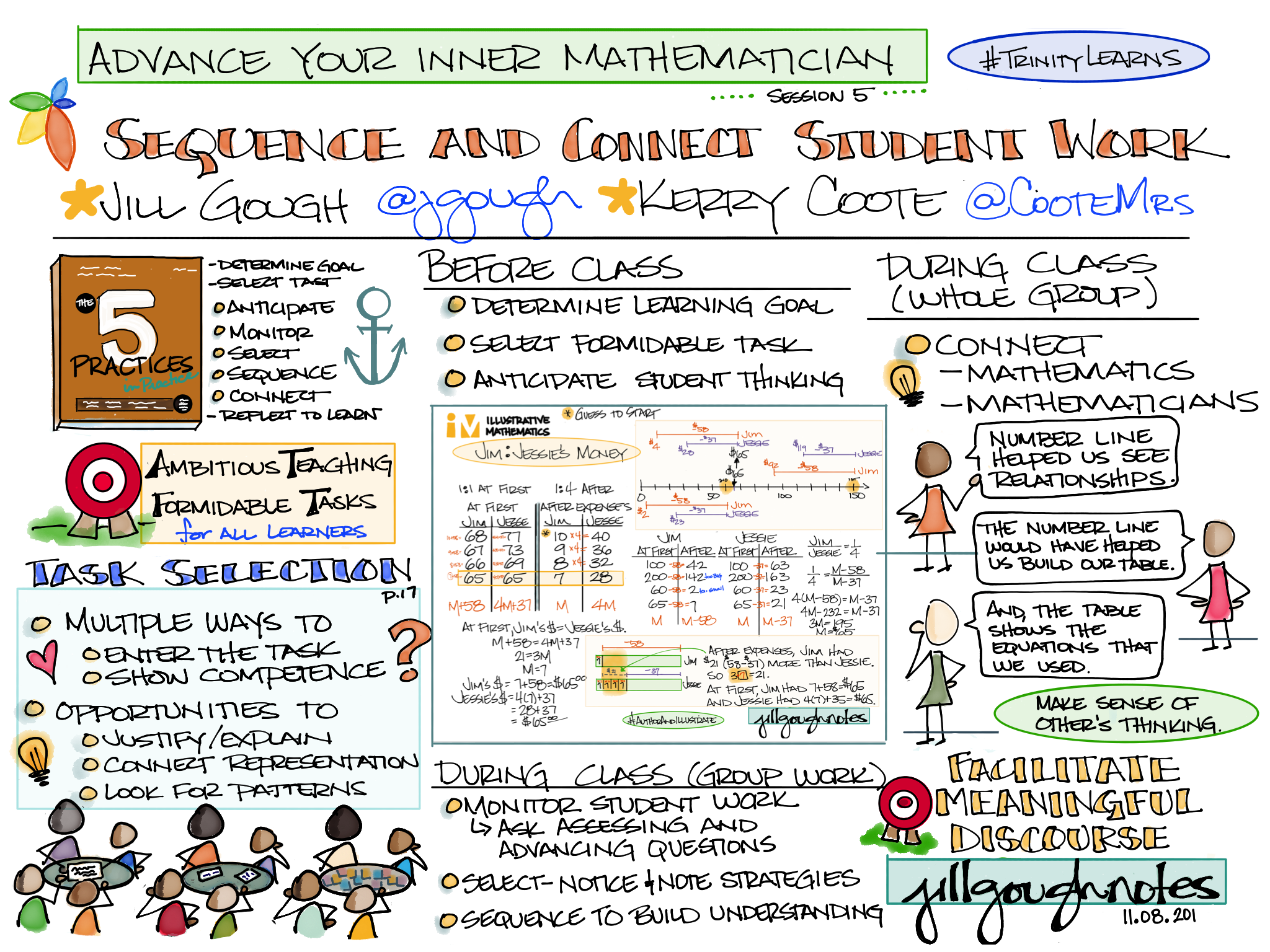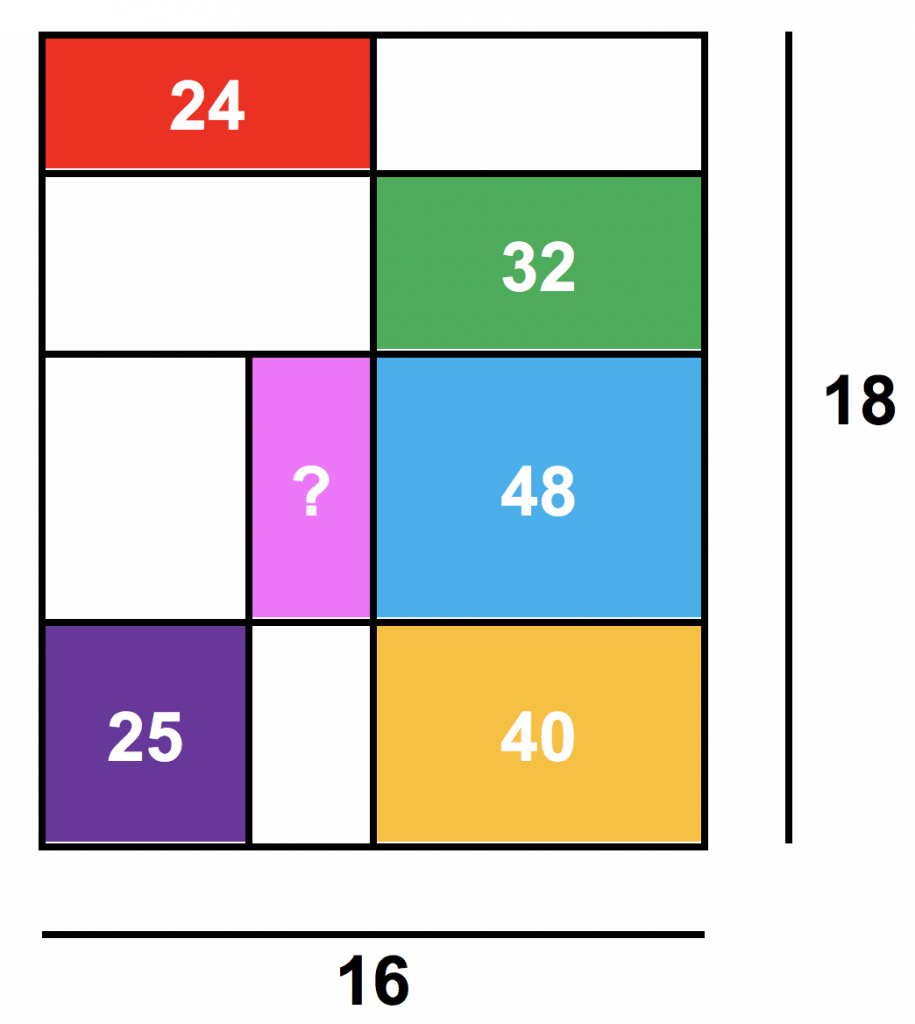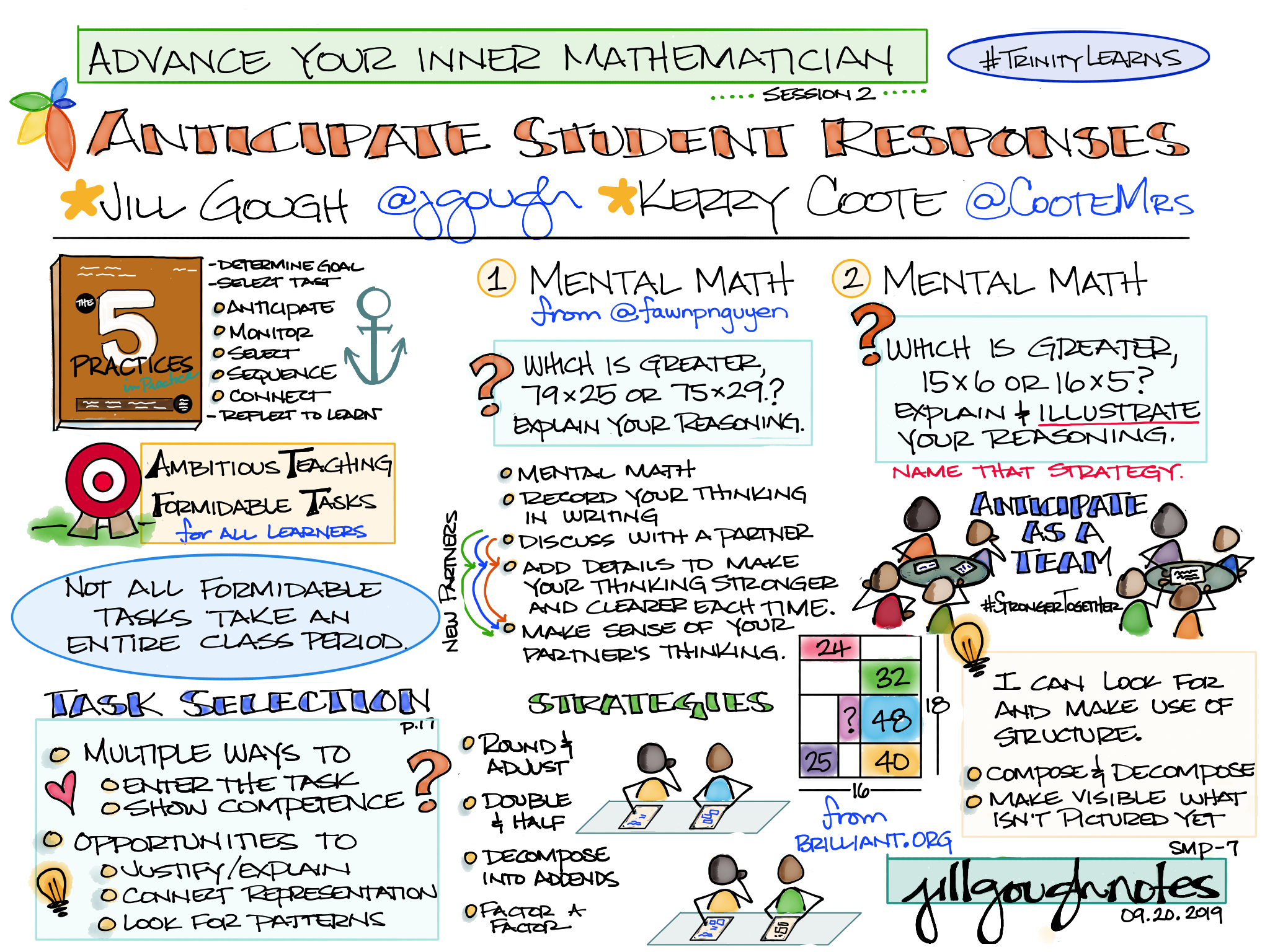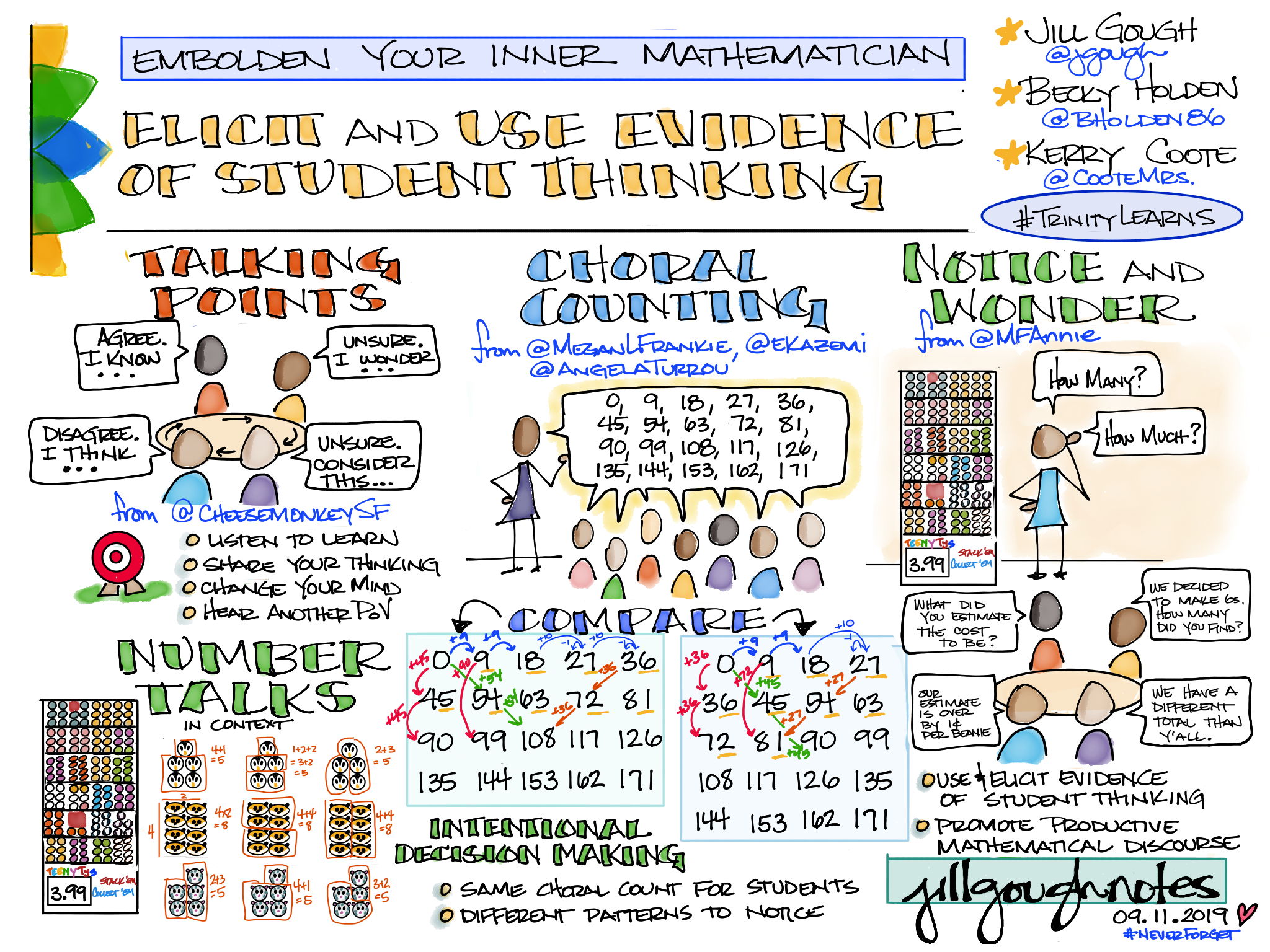Week Five of Embolden Your Inner Mathematician
We commit to curation of best practices, connections between mathematical ideas, and communication to learn and share with a broad audience.
Course Goals:
At the end of the semester, teacher-learners should be able to say:
- I can work within NCTM’s Eight Mathematical Teaching Practices for strengthening the teaching and learning of mathematics.
- I can exercise mathematical flexibility to show what I know in more than one way.
- I can make sense of tasks and persevere in solving them.
Today’s Goals
At the end of this session, teacher-learners should be able to say:
- I can implement tasks that promote reasoning and problem-solving. (#NCTMP2A)
- I can make sense of tasks and persevere in solving them. (#SMP-1)
From Principles to Actions: Ensuring Mathematical Success for All:
Implement tasks that promote reasoning and problem-solving:Effective teaching of mathematics engages students in solving and discussing tasks that promote mathematical reasoning and problem solving and allow multiple entry points and varied solution strategies.
Learning Progressions for today’s goals:
- I can implement tasks that promote reasoning and problem-solving. (#NCTMP2A)

- I can show my work so that a reader understands without have to ask me questions.

Tasks:
- Read and “do the math” from Each Orange Had 8 Slices by Paul Giganti Jr. (Author), Donald Crews (Illustrator).
- Select, read, and mathematize a book of your choice. Plan a lesson for your students.
[Cross posted at Experiments in Learning by Doing]
Gough, Jill, and Jennifer Wilson. “#LL2LU Learning Progressions.” Experiments in Learning by Doing or Easing the Hurry Syndrome. WordPress, 04 Aug. 2014. Web. 11 Mar. 2017.
Leinwand, Steve. Principles to Actions: Ensuring Mathematical Success for All. Reston, VA.: National Council of Teachers of Mathematics, 2014. (p. 21) Print.
Smith, Margaret Schwan., et al. Taking Action: Implementing Effective Mathematics Teaching Practices in Grades K-5. The National Council of Teachers of Mathematics, 2017.










